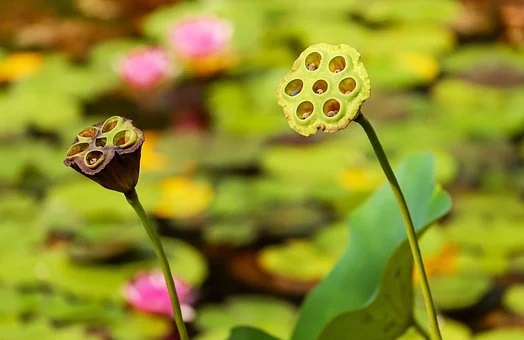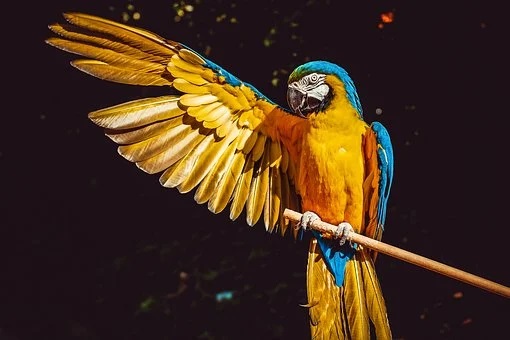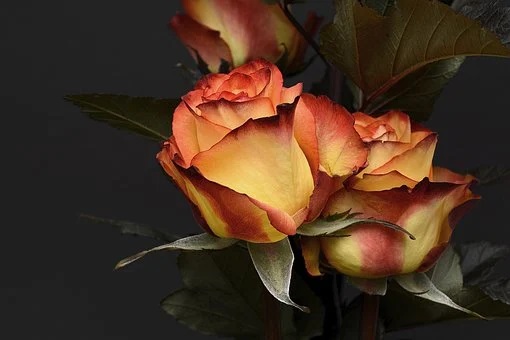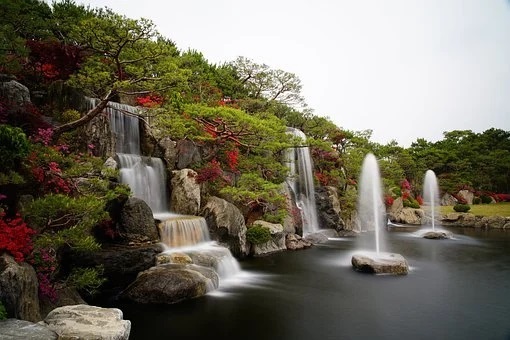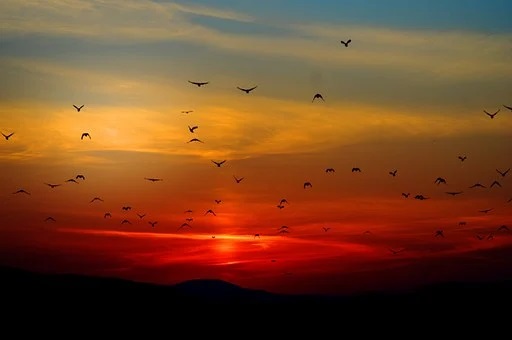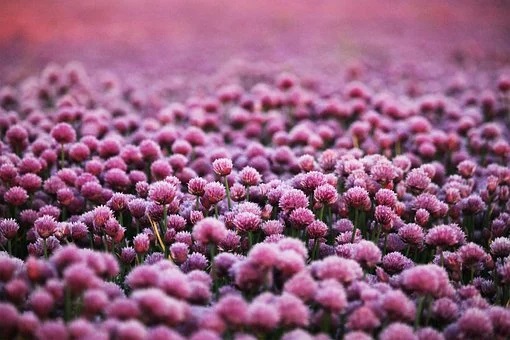People who do not understand cause and effect think it is very mysterious and filled with religious connotation. Actually there is nothing mysterious about it. If we are observant, we will discover all things around us – whether animals, vegetation, or mankind -- are subject to the law of cause and effect. A cause will always produce a result of the same kind. The ancients say: “You reap what you sow.” This is an objective principle of cause and effect. Although we cannot observe the subtle relationship between cause and effect with the eye, we can validate its existence conceptually. A lot of new discoveries in science were also assumed to be non-existent at one time because they could not be perceived by the eye. The law of cause and effect is no exception; it exists even if it cannot be seen.
~Depicted from ARE YOU READY FOR HAPPINESS - Spiritual Equipment for Modern Times


